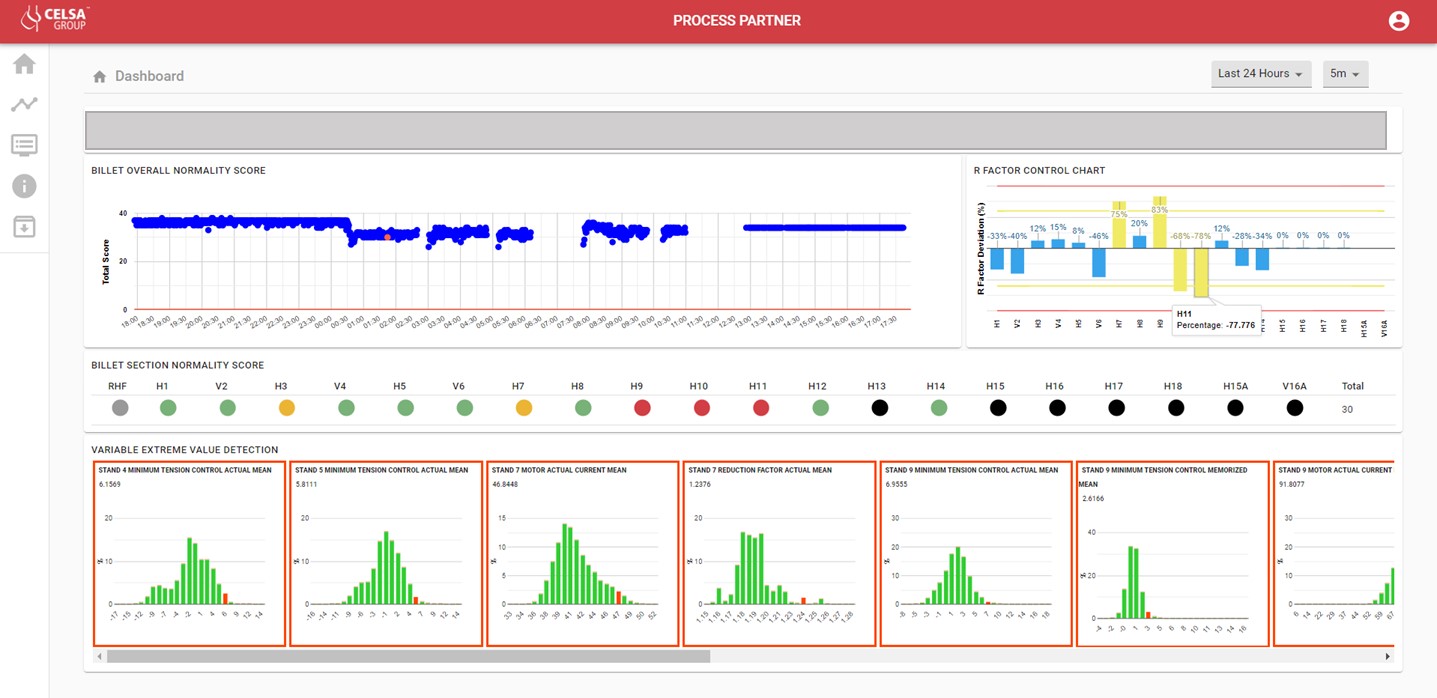Every passing month of the last 2 years sets unprecedented challenges for heavy industry producers at the level of business planning and keeping the whole Supply Chain under the budget. This article will put into the spotlights the side of the business development that strongly impact the production process and maintenance, yet that was recklessly neglected – Error Detection and Anomaly Detection.
Polymer extrusion and Plastic Mold Casting can produce up to 3-5% of defective components, leading to material waste and extra financial costs. Iron casting presents lower ratios but due to high temperatures and massive components some production processes can present serious security threat cobble. Error Detection is the activity that deals with reducing these effects.
But how does Error Detection and Anomaly Detection actually work?
The answer is with a help of advanced analytics tool.
Prior to going into details, we need to understand why in some cases anomalies and/or errors are preserved to have a probabilistic behavior type. Even though the production process is entirely deterministic, sometimes errors that happen during the production process seem to occur randomly, why might it be happening?
- Firstly, it might be because of the lack of information gathered to represent the process, meaning that we have a partial representation of the state.
- Secondly, it might be caused by the precision of our measurements about the production process, meaning that we fail to gather the data properly.
- And lastly, we may have high quality measurements, we may have clean information from all the variables but the correlation between them is too complex for understanding and decision-making.
That is why the major goal of the modern manufacturers is not just to know when the error will occur but to understand why. When knowing that, the company will be two steps ahead of potential production disruptions and disadvantageous consequences of those.
To deal with this set of information and characteristics we, first, should create a model based on advanced analytics that will be able to estimate the probability that the error would happen.
Next step, with the help of Model Explainability (Machine Learning algorithms that help to understand the data), we bridge the gap between a high performing error prediction model and defining what needs to be done in the production process to detect and reduce errors.

At both stages, the Data Science technology should merge with the knowledge of the in-house experts of the industrial sector, who will be able to provide a qualitative representation of the process and guide the quantitative model development.
Advanced Analytics: the value of understanding data
Error Detection and Anomaly Detection technology that is based on the Machine Learning models provides the manufacturers a mechanism of analyzing previously obtained data and use it for preventing future failures in the production processes.
For a more detailed insight about the Error Detection and Anomaly Detection in the manufacturing industry, including real-life examples and practical explanation of Advanced Analytics Model and Model Explainability reach out Aquiles Solutions team at our website or LinkedIn.


